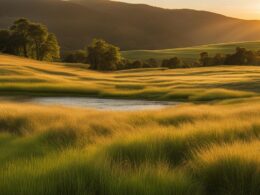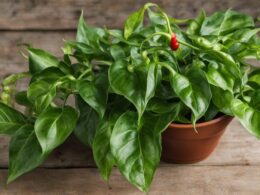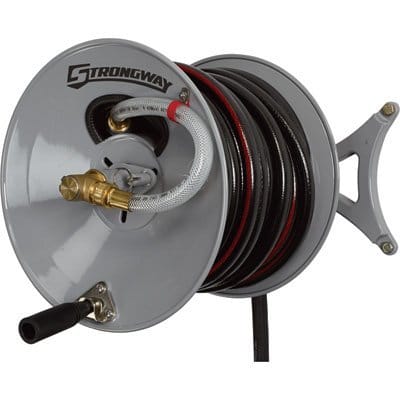To identify the type of grass in your lawn, it’s important to consider various factors such as the region you’re located in and the characteristics of the grass. Cool season grasses, including tall fescue, fine fescue, Kentucky bluegrass, perennial ryegrass, and bentgrass, thrive in areas with cool, humid weather such as the Midwest, Pacific Northwest, and Northeastern parts of the United States. On the other hand, warm season grasses like zoysia, St. Augustine, Bermuda grass, centipede grass, bahiagrass, and buffalograss perform best in warm climates, such as the southern regions of the United States. Identifying the grass type can also be done by looking at specific characteristics such as blade width, spreading pattern, vernation, auricle, and ligule. By studying these features, you can pinpoint the type of grass you have in your lawn and make informed decisions regarding its care and maintenance.
Grass Types and Characteristics
Cool season grasses, such as tall fescue, fine fescue, Kentucky bluegrass, perennial ryegrass, and bentgrass, are known for their ability to thrive in cooler temperatures and humid climates. These grasses exhibit various characteristics that set them apart from warm season grasses:
- Blade width and shape: Cool season grasses can have different blade widths, ranging from fine-bladed to wide-bladed, and their ends can be either pointed or rounded.
- Spreading pattern: Some cool season grasses spread through stolons or rhizomes, which are above-ground or underground stems that allow the grass to spread horizontally. Others grow in clumps or bunch-like patterns, staying relatively compact.
- Vernation: The way the grass leaves are arranged within the bud is called vernation. Cool season grasses can have either folded or rolled vernation.
- Auricle: The auricle is a small extension or projection located at the base of the leaf blade, where it meets the sheath. In cool season grasses, the auricles can be absent or short.
- Ligule: The ligule is a thin, membranous or hairy structure found at the junction of the leaf blade and sheath. Different cool season grasses display variations in ligule characteristics, with some having a fringe of hairs while others having a membranous ligule.
Understanding the unique characteristics of cool season grasses can help you identify and manage your lawn more effectively. By considering factors like blade width, spreading pattern, vernation, auricle, and ligule, you can make informed decisions about watering, fertilizing, and mowing practices tailored to the specific needs of your grass type.
Identifying Grass Types by Region
When it comes to determining the type of grass that thrives in your lawn, your geographic location plays a crucial role. Different regions across the United States have varying climates and environmental conditions, which influence the ideal grass types for those areas.
In the Northeastern and Midwestern parts of the country, where cool temperatures and humid weather prevail, cool season grasses are the top performers. Grass types like tall fescue, fine fescue, Kentucky bluegrass, perennial ryegrass, and bentgrass are well-suited for these regions. With their ability to withstand the cold winter months and adapt to frequent rainfall, these grasses provide lush and green lawns in the Northeast and Midwest.
In the Southeastern and Southwestern regions, as well as along the Gulf Coast, where warmer climates and longer growing seasons are the norm, warm season grasses are the go-to choices. Grass varieties such as zoysia, St. Augustine, Bermuda grass, centipede grass, bahiagrass, and buffalograss flourish in these areas. These grasses can withstand the heat, humidity, and occasional droughts that characterize the Southern states, providing homeowners with resilient and attractive lawns.
For those residing in the Pacific Northwest, where mild temperatures and abundant rainfall prevail, a range of cool season grasses can thrive. The cool, damp climate of this region provides the perfect conditions for grass varieties like tall fescue, fine fescue, Kentucky bluegrass, perennial ryegrass, and bentgrass to thrive and create beautiful lawns.
-Can the Best Grass Seed for Utah Help in Identifying Grass Types?
Identifying different grass types in Utah can be challenging, but using the best grass seed Utah can help. By planting different types of grass seeds and observing their growth, you can more easily recognize and differentiate between various grass species commonly found in Utah.









